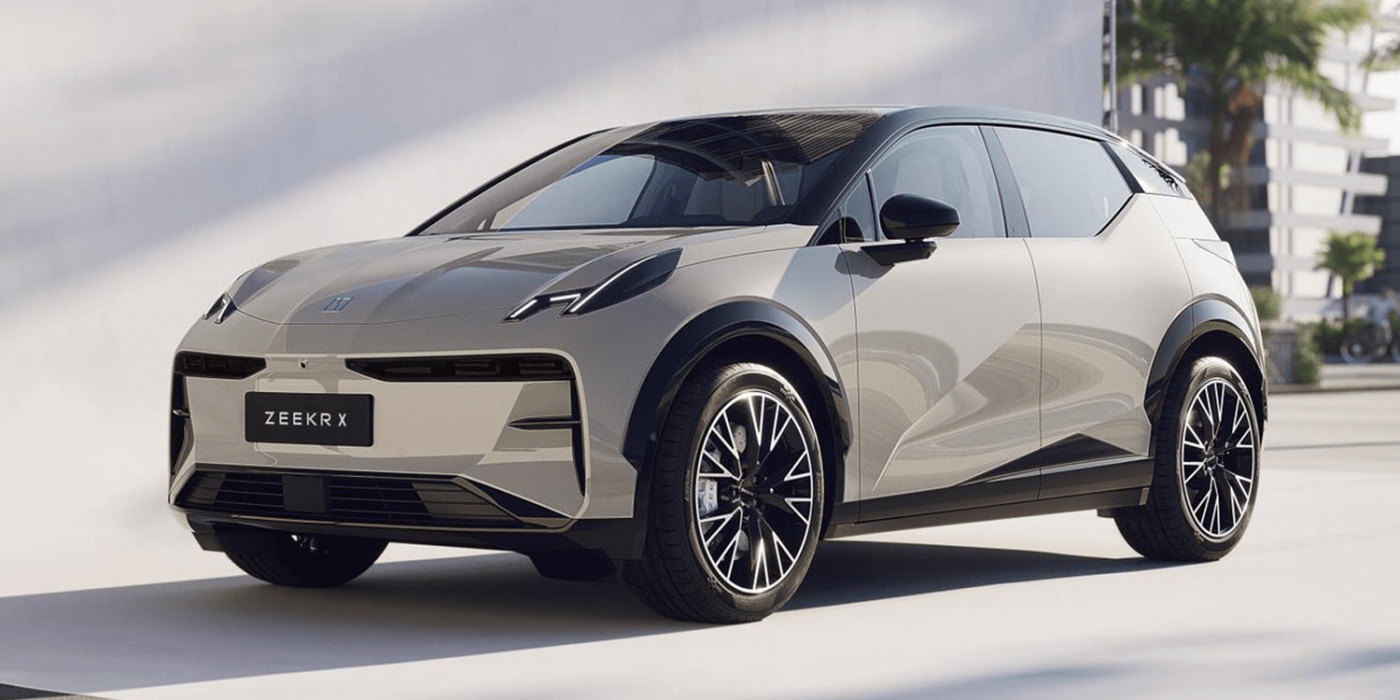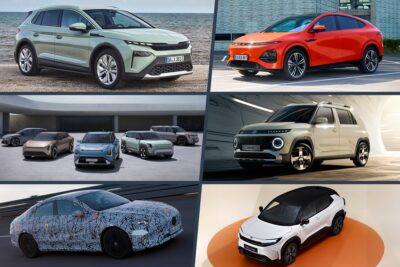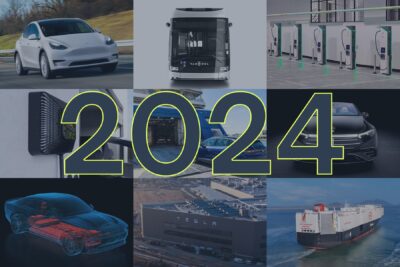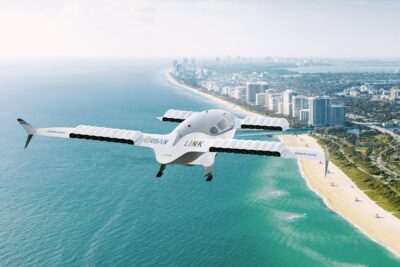Geely subsidiary Zeekr launches compact EV in China
Zeekr has presented its third electric vehicle model. The design of the Zeekr X has been known since February. With the premiere, there are now also the technical specifications of the compact model, which are hardly surprising in view of the Geely Group.
++ This article has been updated. Kindly continue reading below. ++
Like the first two Zeekr models 001 and 009, the Zeekr X is based on Geely’s SEA (Sustainable Experience Architecture) electric car platform. While the 001 crossover and the 009 van are upper-class vehicles around the five-metre mark, the technical relationship is manageable despite the same platform.
The Zeekr X is 4.45 metres long, 1.84 metres wide and 1.57 metres high, and the wheelbase is 2.75 metres, just like the SEA sister model Smart #1. The unveiling of the Zeekr X has now also confirmed exactly what we had already suspected when the design was unveiled in February: The Zeekr X also uses a 66 kWh battery. In the Chinese CLTC cycle, the Zeekr X is given a range of up to 560 kilometres – the Smart #1 comes in at up to 440 kilometres in the WLTP.
However, there is a difference in the drive: the compact Zeekr will also be available with all-wheel drive, which increases the output to 315 kW. This drive offers a total of 543 Nm of torque and can accelerate the vehicle to 100 km/h in 3.7 seconds. The single-engine version is likely to be the familiar 200 kW drive from the Smart.
With the Zeekr X, the Geely brand is targeting a segment that has so far been served mainly by German manufacturers in China – compact premium cars were available, for example, in the form of the Mercedes A-Class sedan. Zeekr CEO Andy An is quoted as saying that the market currently only has luxury brands, but no real luxury products. For example, the Zeekr X is said to offer facial recognition unlocking, a movable screen in the middle, electrically folding rear seats and an integrated refrigerator that can reach -15 degrees Celsius.
With one engine, the Zeekr X will start in China at prices starting at 189,800 yuan (25,040 euros), which is even slightly cheaper than expected – previously, industry sources had assumed prices above 200,000 yuan based on earlier statements by a Geely manager. There are also two more expensive versions, both costing 209,800 yuan (27,675 euros). Later, the Zeekr X will also be offered in Europe, but possible prices here are not yet known.
But the European launch of Zeekr is becoming more concrete elsewhere. Reuters reports that the Chinese brand has hired a former Lexus manager to head up its European operations. Spiros Fotinos is said to have been hired as Zeekr’s European boss since September 2022, according to an internal memo – the company has since confirmed the information to Reuters. The sales launch is planned for later this year. the company is expected to provide further details on the car at the Auto Shanghai car show, which starts on 18 April.
Update 09 June 2023
Zeekr has started series production of its third model. The Zeekr X compact electric car, which was presented in April, is being built in a Geely plant in Chengdu in the Chinese province of Sichuan and is to be delivered in China from mid-June. The model is available there at prices starting at 189,800 yuan (the equivalent of about 25,000 euros) and, as reported, will also come to Europe later this year, starting with Sweden and the Netherlands.
cnevpost.com, chinapev.com, reuters.com, cnevpost.com, twitter.com (both update)





1 Comment